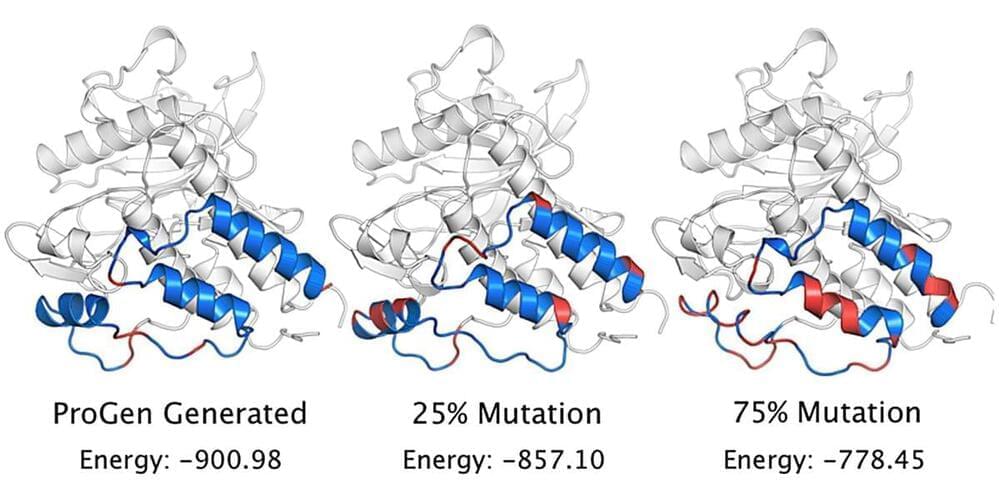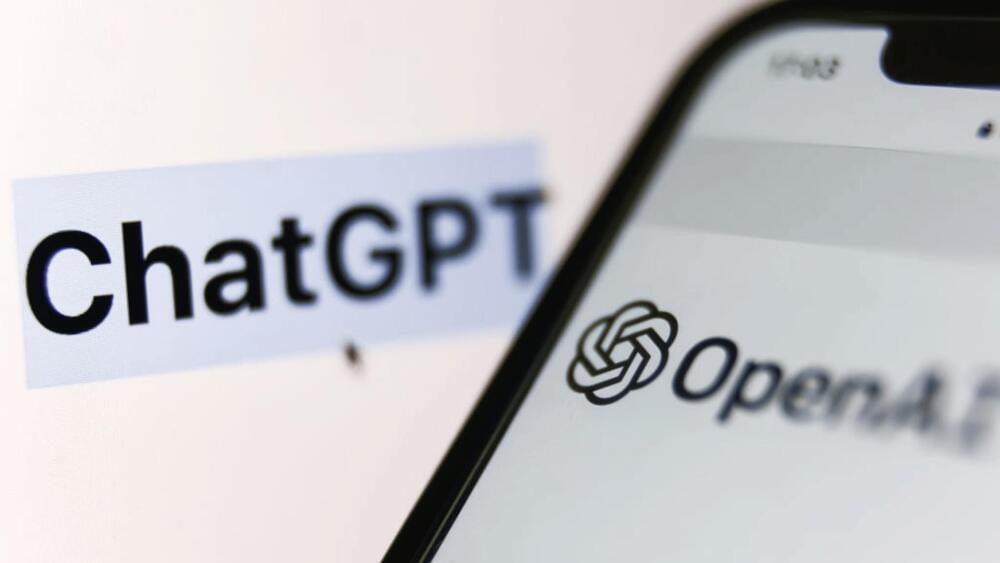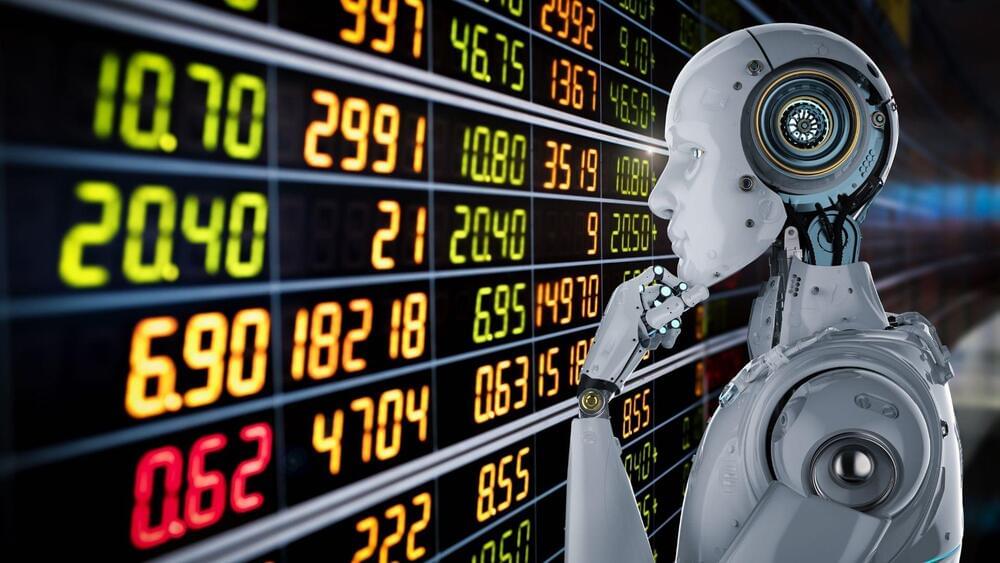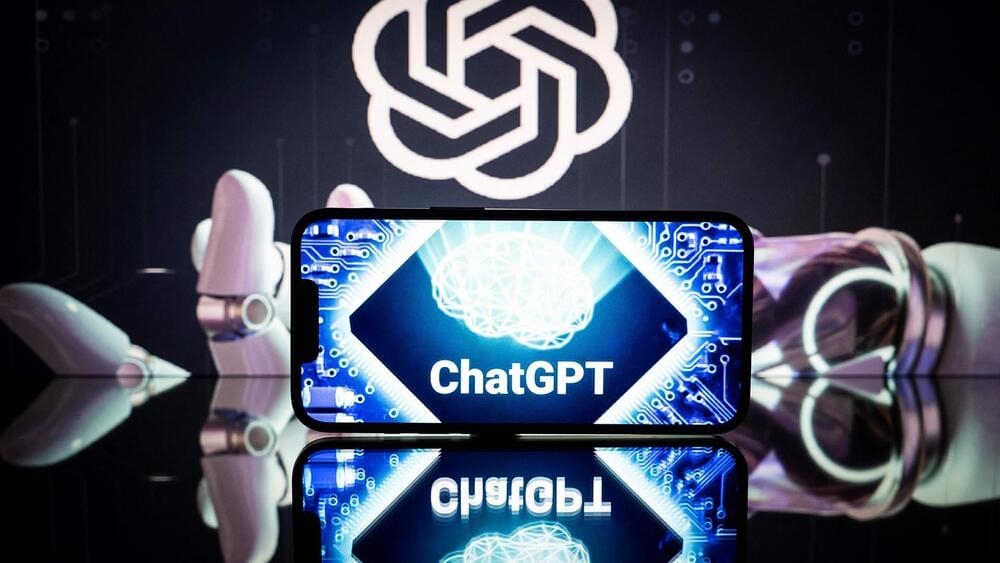Current diffusion-based AI models can and will reproduce copyrighted images from its data set, though rarely. It will get worse the bigger these systems become.



Ready for AI’s future?
This movie explores the top 10 AI technologies that will change our lives.
These technologies might transform industries and redefine how we interact with the world, from self-driving cars to smart cities.
These technologies create serious ethical problems that must be addressed. Future AI technology will astound and inform you.
Don’t forget to like, comment and subscribe as this supports this channel💕💕
Follow my socials for posts and updates.
As technology continues to advance at an exponential rate, it’s hard to ignore the nagging feeling that we may be heading toward a dystopian future. In this video, we’ll be examining the potential dangers of artificial intelligence and machine learning; how they could lead us down a dark path if left unchecked. From the displacement of human workers to the loss of privacy and control, the repercussions of our reliance on technology are far-reaching and potentially disastrous.
In today’s video we look at The Dark Side of Artificial Intelligence: Dystopian Future Inevitable?…Keep watching to see artificial intelligence and the bad side of artificial intelligence and the dystopian future and artificial intelligence tutorial and the artificial intelligence movie and andrew yang artificial intelligence and the artificial general intelligence and artificial intelligence podcast and the artificial intelligence 2019 and artificial intelligence 2021and the artificial intelligence: mankind’s last invention and what is artificial intelligence and is artificial intelligence dangerous and how does artificial intelligence work and the futureSubscribe for Artificial Intelligence, Data Science, and Crypto. Inspired by Tech Vision, Moconomy, and Digital Engine. Inspired by Get RICH in the A.I. Revolution (2023)Inspired by Why Artists are Fed Up with AI Art. Inspired by What ChatGPT Could Mean for the Future of Artificial IntelligenceInspired by The Real Danger Of ChatGPTInspired by End Game — Technology | Dystopian Future | Machine Learning | Artificial IntelligenceAlso check out: https://youtu.be/POFaQNNQVLMOn Technology Titan we will go through Artificial Intelligence, Crypto, and SpaceX. Stay tuned for the latest Data Science, Tech, and Stocks. Click here to subscribe: bit.ly/3WvpXbT



Yann LeCun, Meta’s chief artificial intelligence (AI) scientist shared his thoughts on ChatGPT.
ChatGPT has been making headlines worldwide, but not all are impressed. Yann LeCun, Meta’s chief artificial intelligence (AI) scientist, had some harsh words for the program in an hour-and-a-half talk hosted by the Collective Forecast. This online, interactive discussion series is organized by Collective.
“In terms of underlying techniques, ChatGPT is not particularly innovative,” said LeCun on Zoom last week.
NurPhoto/Getty Images.
What exactly did he have to say? ZDNET attended the session and reported on it.

This is still the beginning of what AI can possibly do.
IBM’s Watson supercomputer is working wonders in an area where OpenAI’s ChatGPT does not have much to offer, the stock market. An exchange-traded fund (ETF) is using the power of artificial intelligence (AI) to balance its portfolio and has done pretty well for itself this year, ETF.
PhonlamaiPhoto/iStock.
ChatGPT responded that the stock market was too hard to predict and that it did not have access to live stock data. However, ETF Managers Group, in partnership with a fintech firm Equbot has been using AI to pick holdings in the $102 million AI-powered Equity ETF (AIEQ) since 2017. The fund has doubled the returns on the Vanguard Total Stock Market ETF (VTI) this year.

Researchers stress that the classifier is “not fully reliable.”
Two months after OpenAI introduced ChatGPT to the public, students flocked to the AI tool to write their assignments, exams, software codes, and whatnot. This resulted in universities beginning to crack down on the usage of ChatGPT. A few science journals even banned the use of the chatbot in their journals.
In what sounds like a solution, OpenAI themselves have released a tool designed to detect if the text has been written by artificial intelligence. In a blog post on Tuesday, OpenAI elaborated on the tool that has been trained to figure out if the text is written by a human or generated by AI, including ChatGPT.
LIONEL BONAVENTURE/AFP via Getty Images.
“We recognize that identifying AI-written text has been an important point of discussion among educators, and equally important is recognizing the limits and impacts of AI-generated text classifiers in the classroom,” the researchers wrote in a blog post. “We have developed a preliminary resource on the use of ChatGPT for educators, which outlines some of the uses and associated limitations and considerations.”

The first time a language model was used to synthesize human proteins.
Of late, AI models are really flexing their muscles. We have recently seen how ChatGPT has become a poster child for platforms that comprehend human languages. Now a team of researchers has tested a language model to create amino acid sequences, showcasing abilities to replicate human biology and evolution.
The language model, which is named ProGen, is capable of generating protein sequences with a certain degree of control. The result was achieved by training the model to learn the composition of proteins. The experiment marks the first time a language model was used to synthesize human proteins.